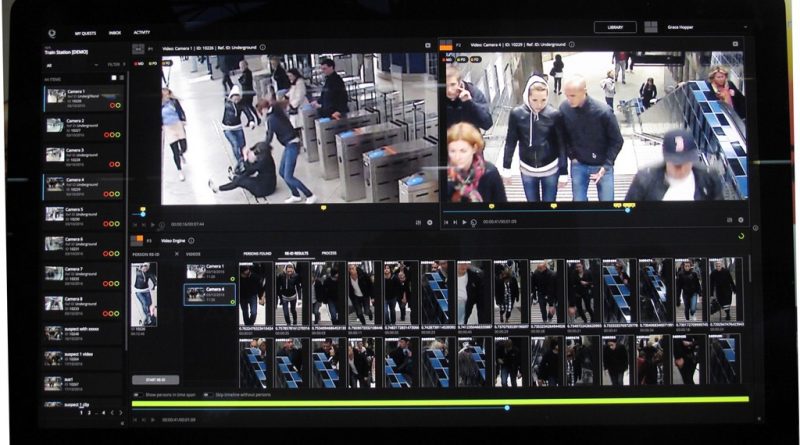Speeding up video analysis
by Paolo Valpolini
Following the path of a suspect after a crime, analysing hours of video footage, has always been a manpower and time consuming activity. With the increase in the number of close circuit TV (CCTV) cameras, the availability of videos at the disposal of police officers is continuously increasing, hence the need to adopt new analysis systems to allow to play videos of different formats, and to shorten as much as possible the time needed to track the suspect along its path.
SeeQuestor, a London-based company, developed software that permits to play videos of nearly any format while software tools allow police officers to dramatically compress the time of their analysis. The first step is video acquisition, this being made through Video Importer, which converts all available materiel into MPEG4 H.264 format; while importing images the system also adds geo-data relative to the CCTV that acquired the footage, allowing to populate maps with cameras’ locations. Once imported the materiel is stored according to cases, a management system allowing investigators to access to videos depending on permission levels assigned.
A Dynamic Map routine allows the officer to select the most relevant cameras. To ease analysis a number of software modules are available, Motion Detection allowing to concentrate only on those parts of the video where moving objects are observed, the operator being able also to select a portion of the scene where motion should happen to be of interest for his case.
Another module allows Person Detection, the officer being provided with a wall of images representing the people that appear in the video; a Face Detection & Attribute Search allows to further refine the search, i.e. exploiting information provided by witness. Once one person has become that of interest, the SeeQuestor system allows Video Search, extracting from all the materiel available for the case the images of the suspect. This allows to follow the tracks of the person, i.e. reverting to the Dynamic Map, numerous editing tools being available such as image improvement routines, timeline markers, etc.
Currently two SeeQuestor versions are available, Model 10 and Model 20; the former is designed for 10 analysts, 50,000 hours video per year, has a 50 TBytes storage space on disk and 150 TBytes on tape, computing power being 30 TFlops, Model 20 doubling all those data. SQ Model 10 is made of the central computing unit, two SQ Video Import stations, and 10 SQ Video stations, link being made through a 1 GBPS local area network.
A subscription service is also available for those who cannot afford or do not have the need to acquire a full system. To give an idea of the time saving allowed by SeeQuest, the motion detection algorithm allows in some cases to reduce the analysis time from 25 minutes to 10 seconds thanks also to its zoom and zone selection features, while not reducing quality. In its modules, such as the facial identification one, the system does not use artificial intelligence and maintains always the man in the loop. Full body identification is also available, providing the system with the data available from witness.

